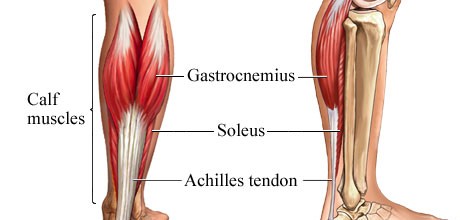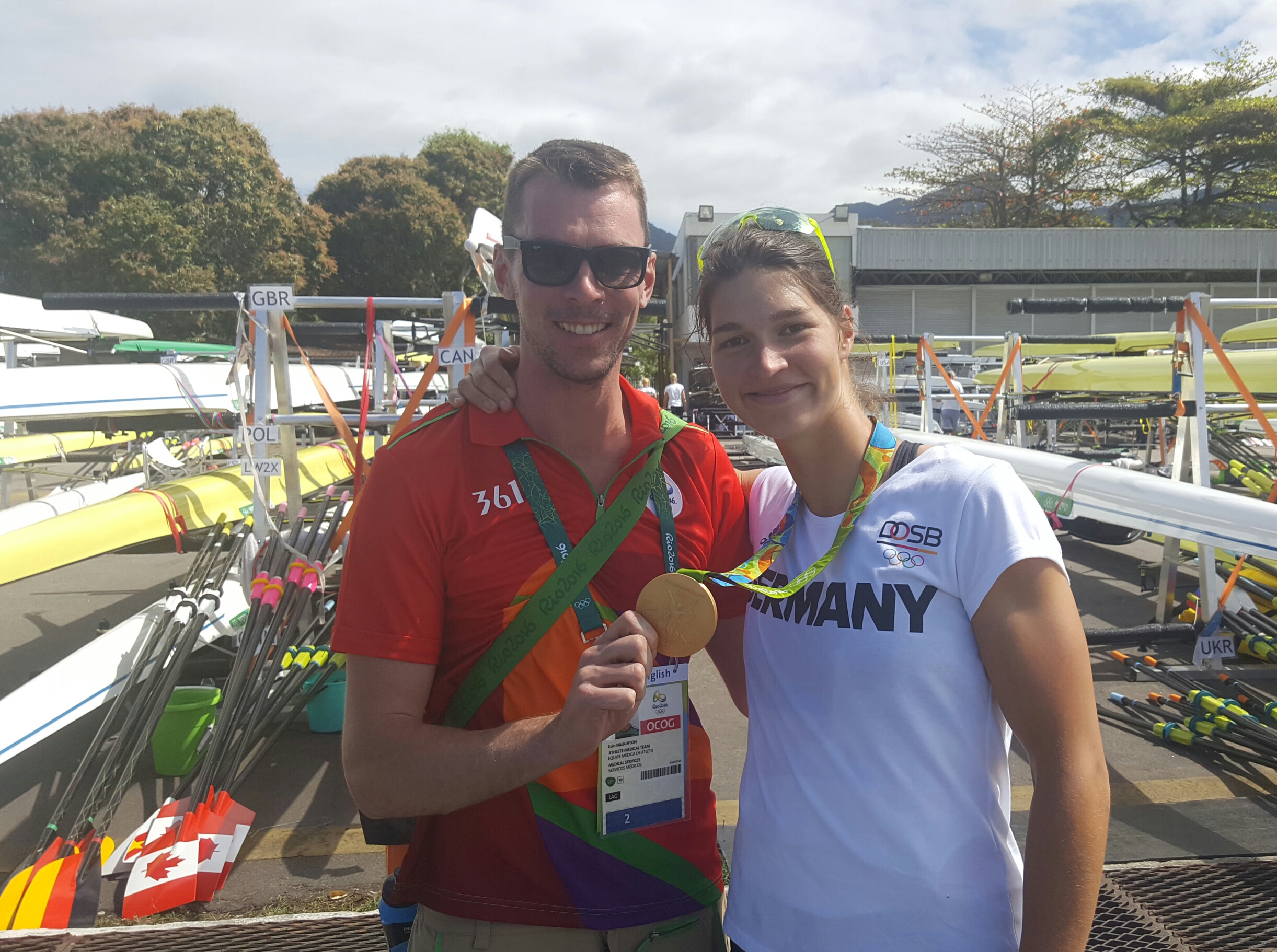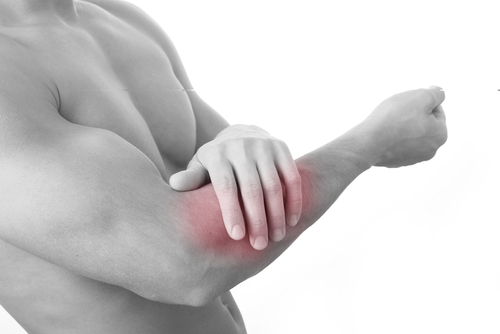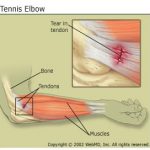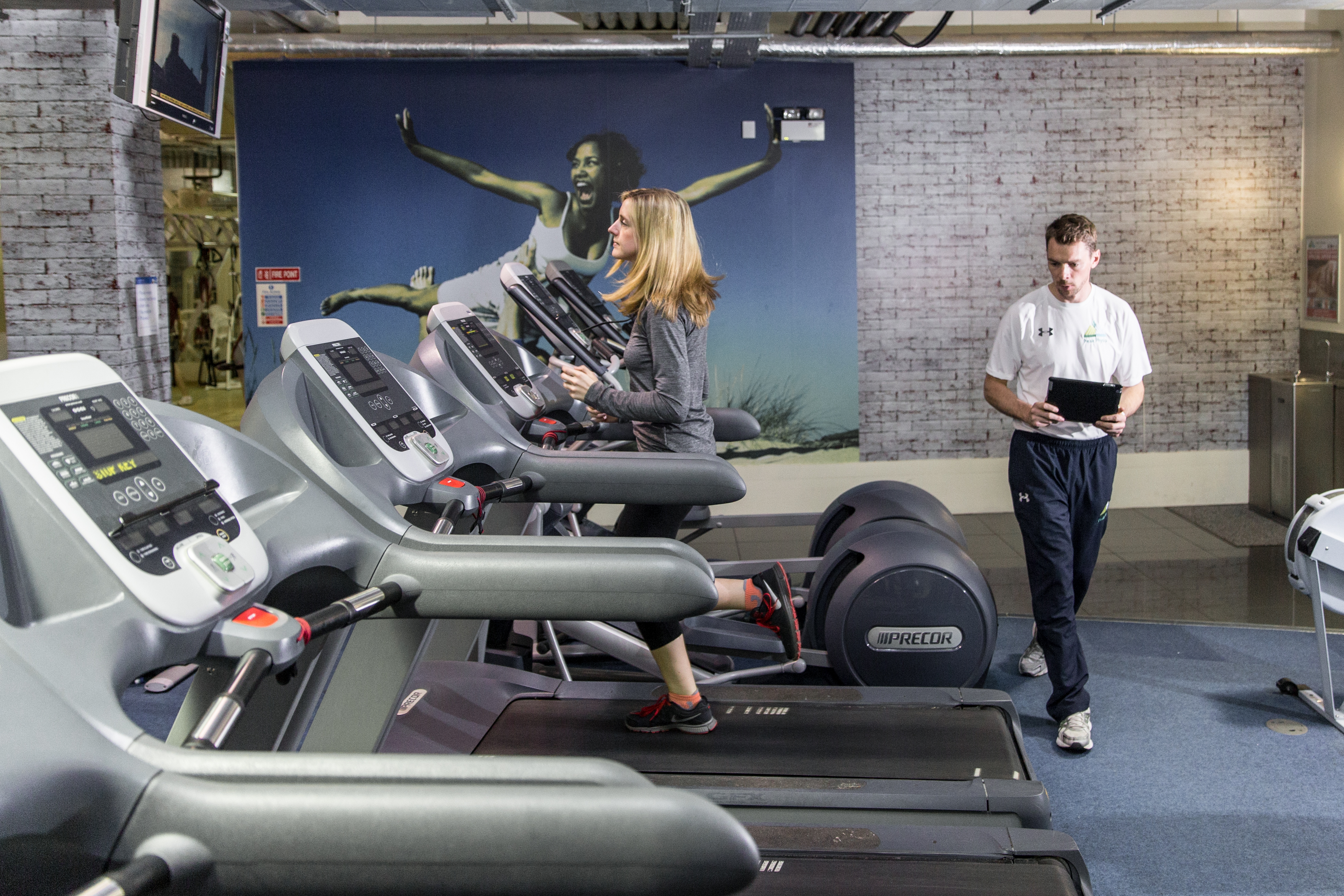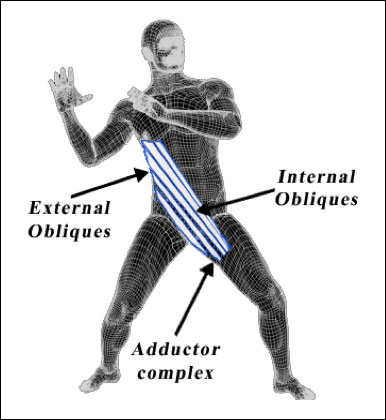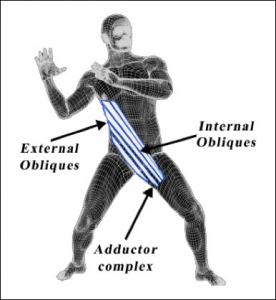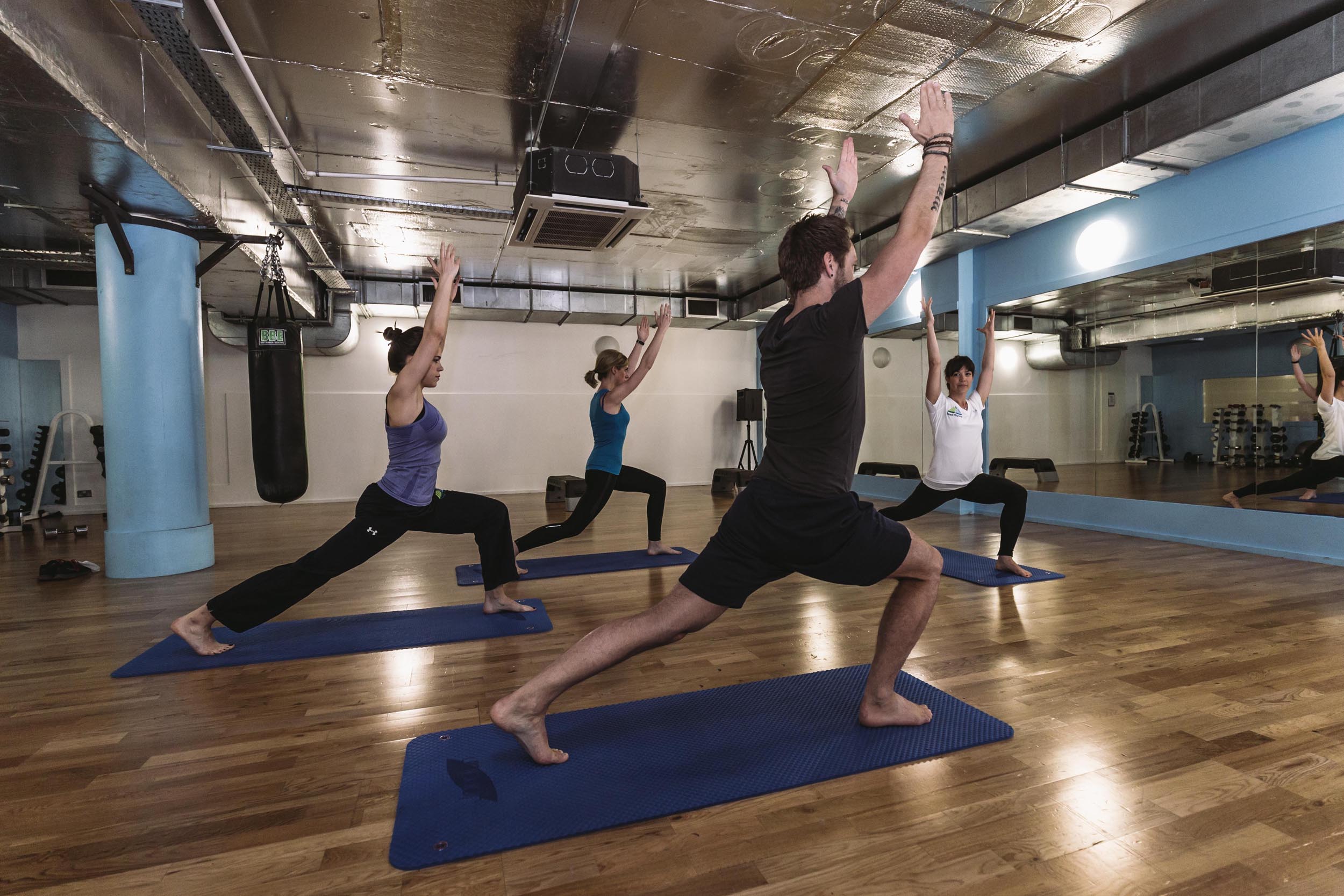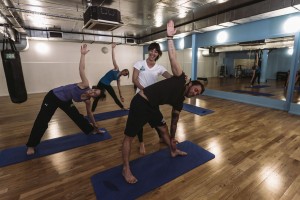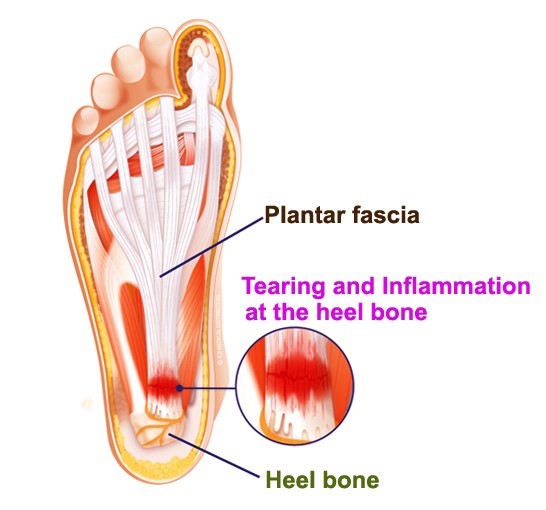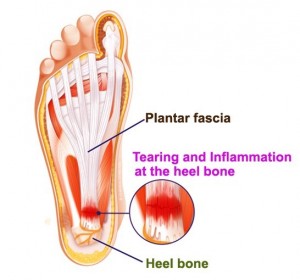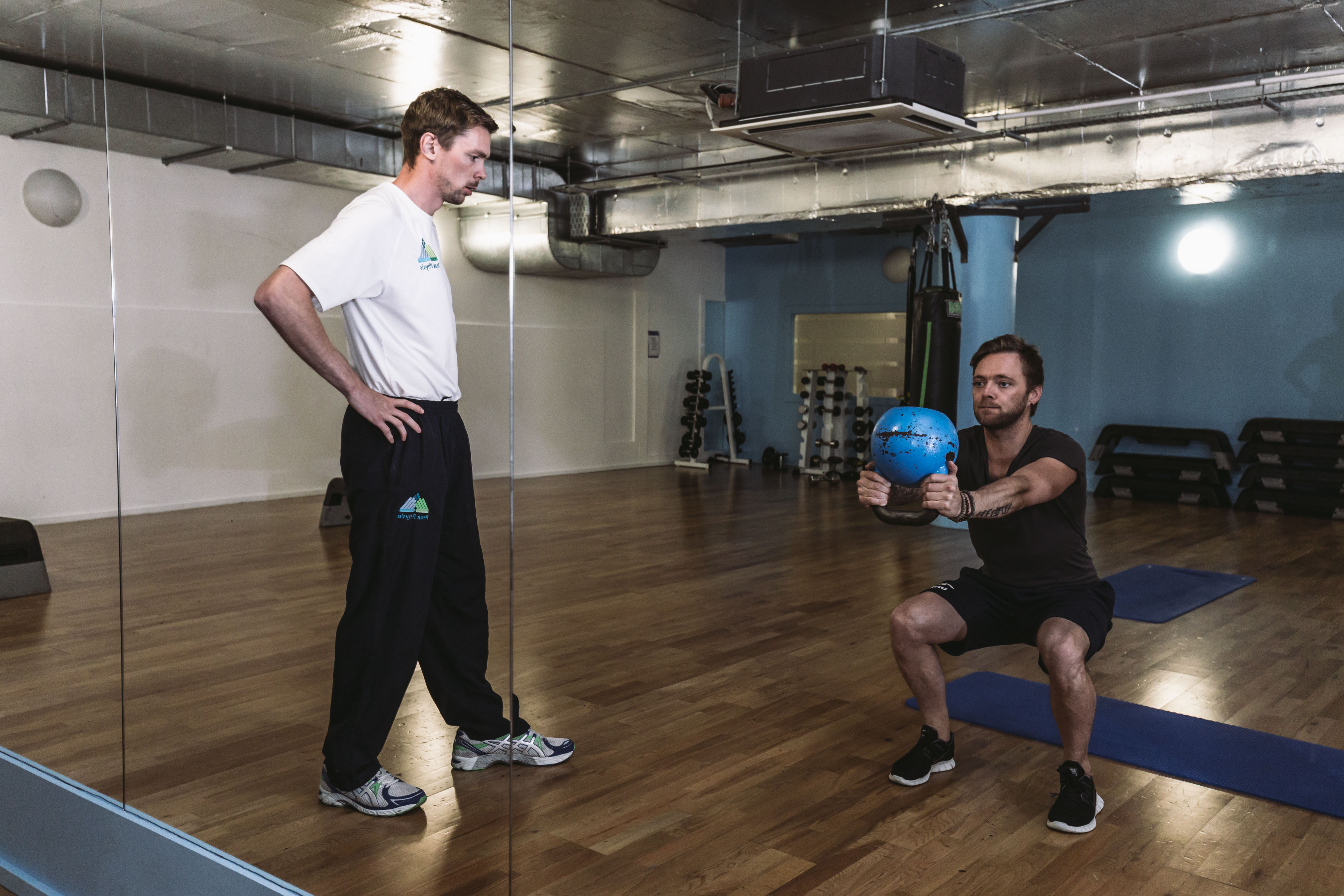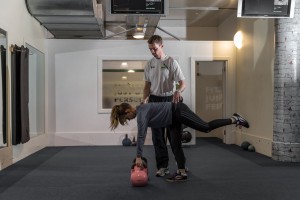Mindfulness
Mindfulness seems to be a buzzword nowadays. Truth be told it is a concept that has been around for centuries. In our current world, we are more distracted than ever with social media and the internet taking over the majority of our lives. We lose focus on basic things like our breathing, our thoughts and feelings.
Mindfulness is based our the principle of being present when doing a specific task. This could relate to being aware of eating when you are ACTUALLY eating. Thinking about the taste, texture, smell in a relaxed and patient manner. The opposite is obviously shovelling enough food down our throats and hope that you wont be hungry by the time you get your next break or are interrupted by family or work colleagues.
read more

